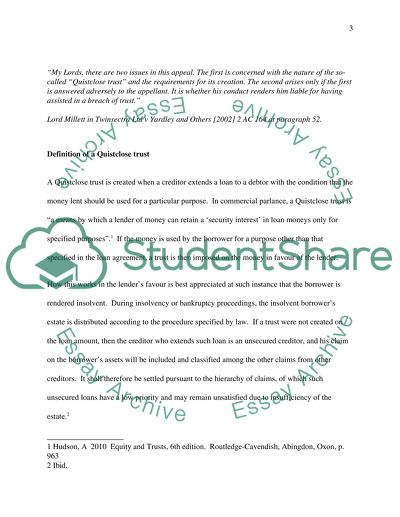Cite this document
(“Quistclose trust and the requirements for its creation Essay”, n.d.)
Retrieved from https://studentshare.org/law/1441053-ypquistclose-trusty-and-the-requirements-for-its
Retrieved from https://studentshare.org/law/1441053-ypquistclose-trusty-and-the-requirements-for-its
(Quistclose Trust and the Requirements for Its Creation Essay)
https://studentshare.org/law/1441053-ypquistclose-trusty-and-the-requirements-for-its.
https://studentshare.org/law/1441053-ypquistclose-trusty-and-the-requirements-for-its.
“Quistclose Trust and the Requirements for Its Creation Essay”, n.d. https://studentshare.org/law/1441053-ypquistclose-trusty-and-the-requirements-for-its.


